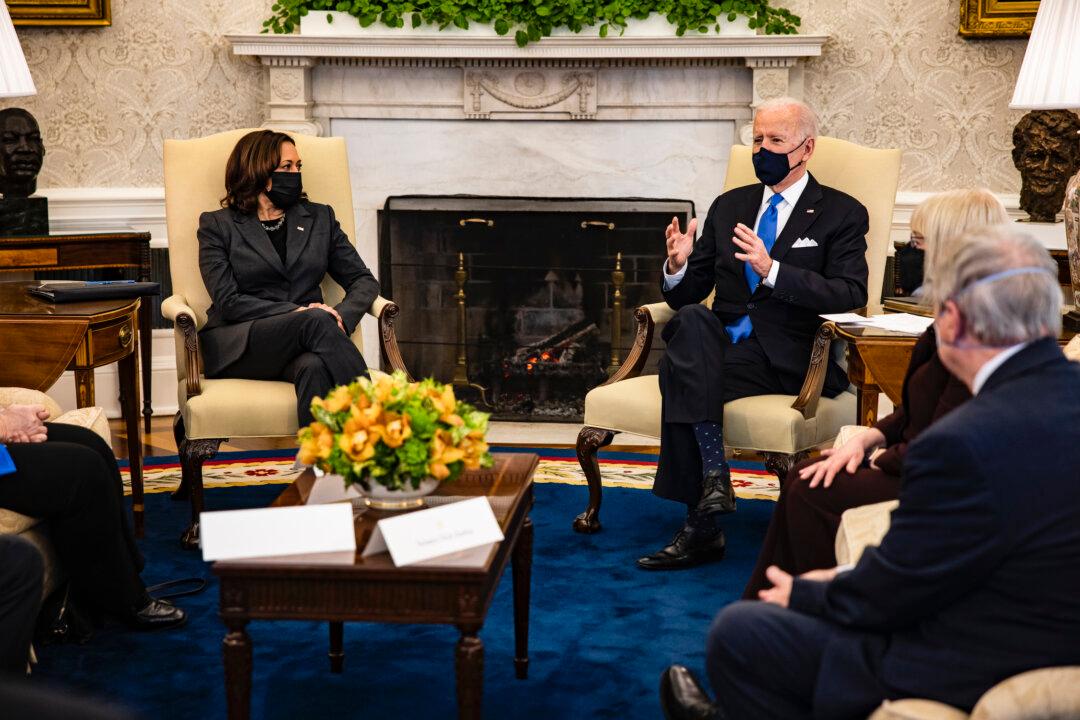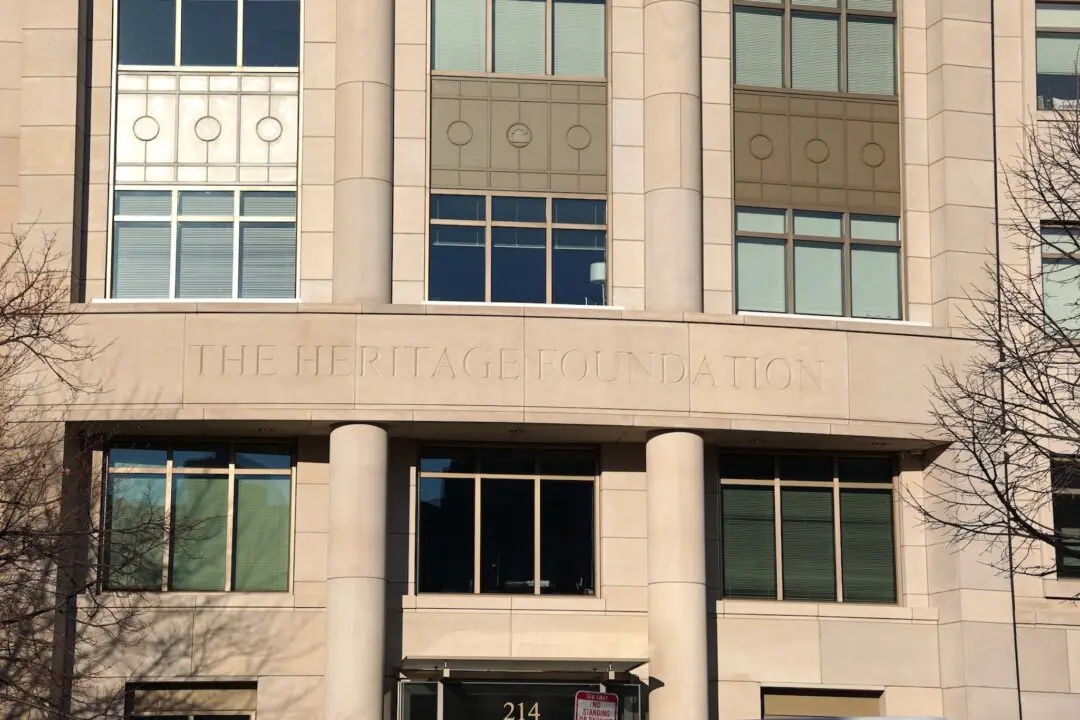WASHINGTON—A substantial increase in personal savings and better-than-expected tax revenues in many states have weakened the case for President Joe Biden’s sweeping $1.9 trillion economic relief bill, which is now before the Senate.
While Biden continues to defend his “American Rescue Plan” to fight the pandemic, a growing number of critics question the size of the proposed spending.





